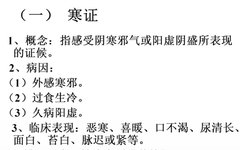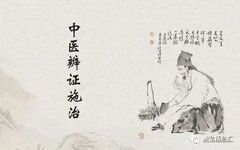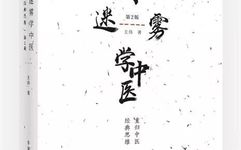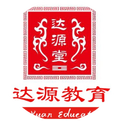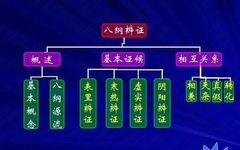Differentiation of Cold and Heat Patterns in Traditional Chinese Medicine
Cold and Heat are two fundamental concepts for differentiating the nature of diseases. Pathogenic factors can be classified into Yang and Yin pathogens, while the body’s righteous Qi can be divided into Yang Qi and Yin Fluids. Yang pathogens can cause disease by leading to an excess of Yang Qi and damage to Yin Fluids, … Read more


